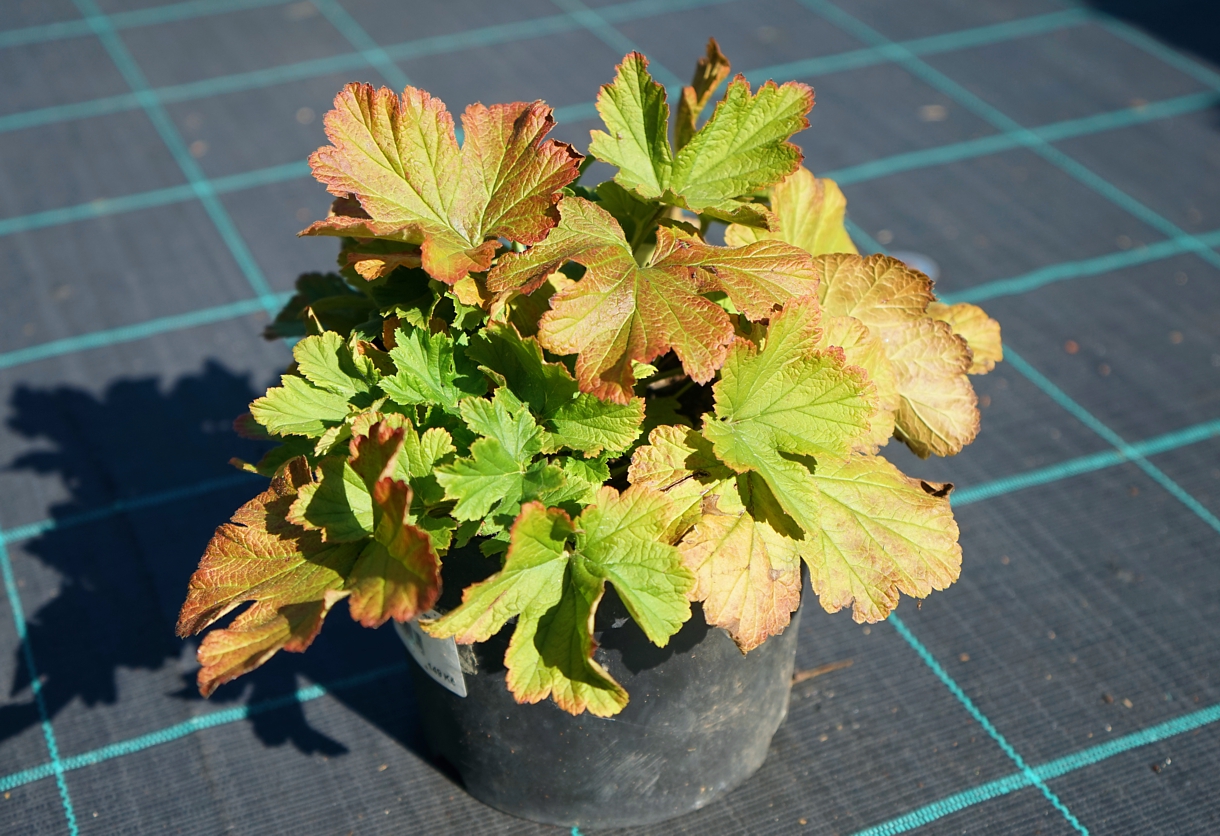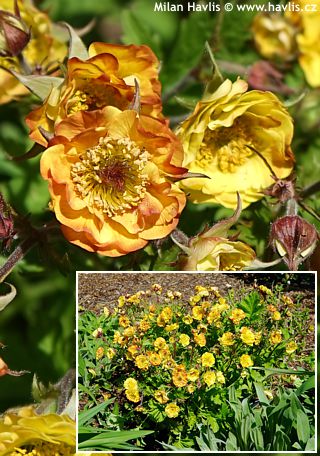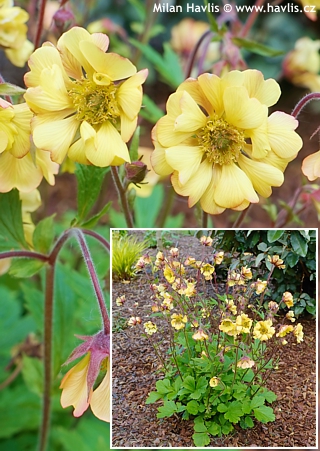Waldsteinia geoides barren strawberry
Waldsteinia
The genus Waldsteinia is rather small – it contains only about five species and bears the name of the Czech nobleman and patron of the natural sciences, Count Franz de Paula Adam von Waldstein (1759–1823), who supported botanical expeditions and collections at a time when Europe was only beginning to recognize the richness of its flora. Thanks to his patronage, the genus entered the awareness of the scientific community, even though it comprises only a handful of species. It occurs naturally in Central and Southeastern Europe, inhabiting light deciduous forests, rocky outcrops, and humus-rich slopes. Its kinship with the strawberry is evident at first glance — a resemblance reflected even in its English common name, barren strawberry — but while the true strawberry tempts with fruit, Waldsteinia relies on leafy elegance and flowers that look as if they were taken from a miniature herbarium.
Waldsteinia geoides is one of the few representatives of its genus, yet at the same time the best known. In the wild it is found mainly in Central Europe, where it inhabits light deciduous forests, stony slopes, and humus-rich, well-drained soils. Unlike some related species, it does not form creeping mats but remains in compact clumps that appear like small islands of greenery. In some regions it was once regarded as a medicinal plant, elsewhere it was credited with the ability to “hold the soil together,” as if it carried in its roots a coded desire to protect slopes from erosion.
Waldsteinia geoides grows in firm, compact tufts that resemble small green islands in a calm sea of soil. Its leaves are deciduous, deeply lobed, glossy, with finely serrated edges, and indeed reminiscent of Geum leaves. They retain a fresh green colour for most of the year and in autumn, in full sun, take on a touch of purplish tones. The flowers appear early in spring, usually in April, and have a bright yellow colour that contrasts with the dark green of the foliage. They are simple, five-petaled, borne singly or in small groups on short stems, and shine like tiny sunlit reflections in the undergrowth. The plant grows slowly, without expanding into its surroundings, and forms dense cushions. At first sight it may seem rather inconspicuous but once established you will find yourself drawn to it, for it radiates health, produces visible, pleasing increments, and makes every bed somehow fresher and more beautiful.
In garden compositions, Waldsteinia geoides acts as a discreet yet very reliable element that does not shout with ostentation. It is well suited to the underplanting of shrubs and trees, where it creates calm green islands adorned in spring with tiny jewels of yellow blossoms. It combines beautifully with ferns, silver-leaved Brunnera, dark-leaved Actaea, or variegated Pulmonaria, to which it provides contrasting texture and colour. It also looks attractive alongside spring bulbs, which bloom above it as if over a firm green carpet. In naturalistic gardens it can evoke the atmosphere of a woodland corner, while in carefully maintained plantings it serves as an unobtrusive yet elegant complement that holds the line and brings harmony. It is a plant that does not impose itself, but when you look at it closely, you realize that it is precisely this one that gives the whole composition a sense of balance and calm.
Waldsteinia geoides is not demanding at all when it comes to care. It thrives best in partial shade to shade, where it has sufficient moisture and humus-rich, well-drained soil. It tolerates heavier clays if they are not permanently waterlogged, and in prolonged drought it appreciates occasional watering. Fertilizing is not essential, but a light addition of compost in spring gives it strength and encourages richer flowering. Its hardiness is excellent, down to about –34 °C (USDA zone 4), and it survives even the harsh winters of Central Europe without protection. In containers it grows more slowly, but it will manage if they are protected from complete freezing.
Last update 18-09-2025
Goods are shipped all over Europe. For Russia and U.K. and for further details please read about SHIPPING OPTIONS HERE.
Are you interested in a serious discount for orders NOV-FEB? Check your options here.
THE PRICES INCLUDE VAT of 15%. For quick conversion you can use 1 CZK = approx. 0.04 EUR
- STANDARD QUALITY - Plants of this group are 1st class quality with number of branches and overall density adequate to their size and age, considering they were container grown.
- DE LUXE QUALITY - This label guarantees a luxurious quality of manually selected plants that, compared to their height and age, are exceptionally dense and beautiful.
- EXTRA - These plants are usually mature and bigger specimens with exceptional overall appearance.
- STANDARD (as described in the plant form) means a tree with a trunk of 190-210 cm and a crown at the top, unless specified differently. The commercial size for trees is their girth measured in the height of 1m from ground.
- HOBBY - These plants are of the same quality as our standard-quality plants but younger and therefore cheaper.
- SHRUB - a woody plant with branches growing bushy from the ground level.
- HALF-STANDARD or MINI-STANDARD - a small tree with shorter trunk, its size is usually specified.
- FEATHERED - These are trees with branches growing already from the base of the trunk and up along the stem.
- GRASSES and PERENNIALS - Sizes given usually read the diameter of the pot or the clump, as specified.












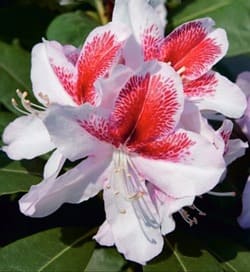




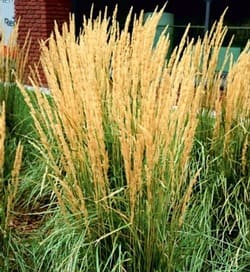
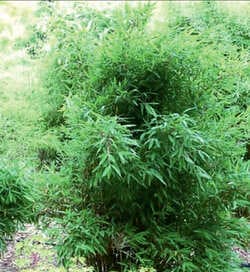
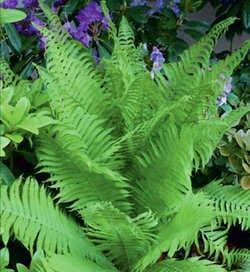




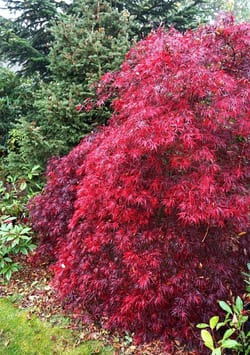
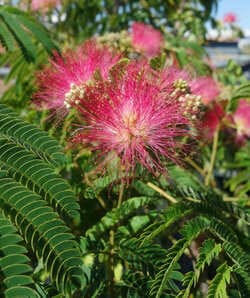
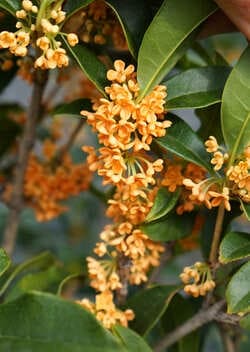



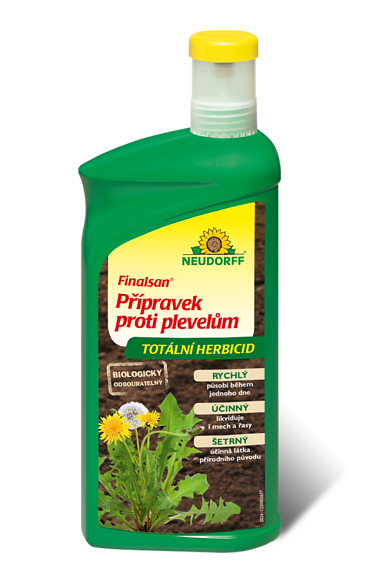


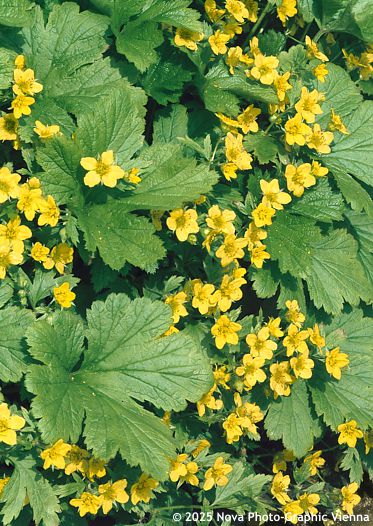
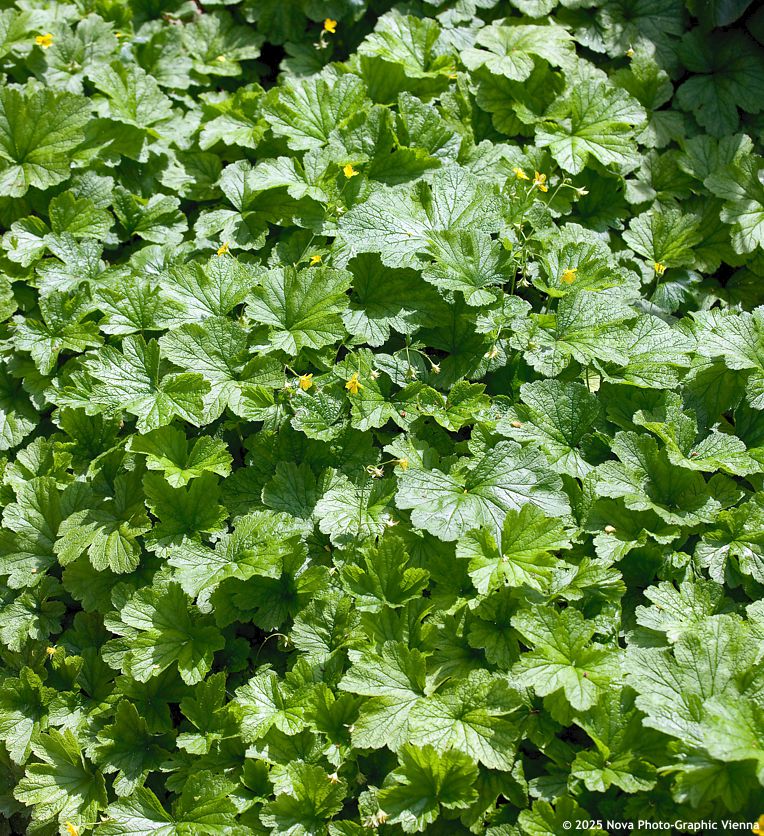

.jpg)

